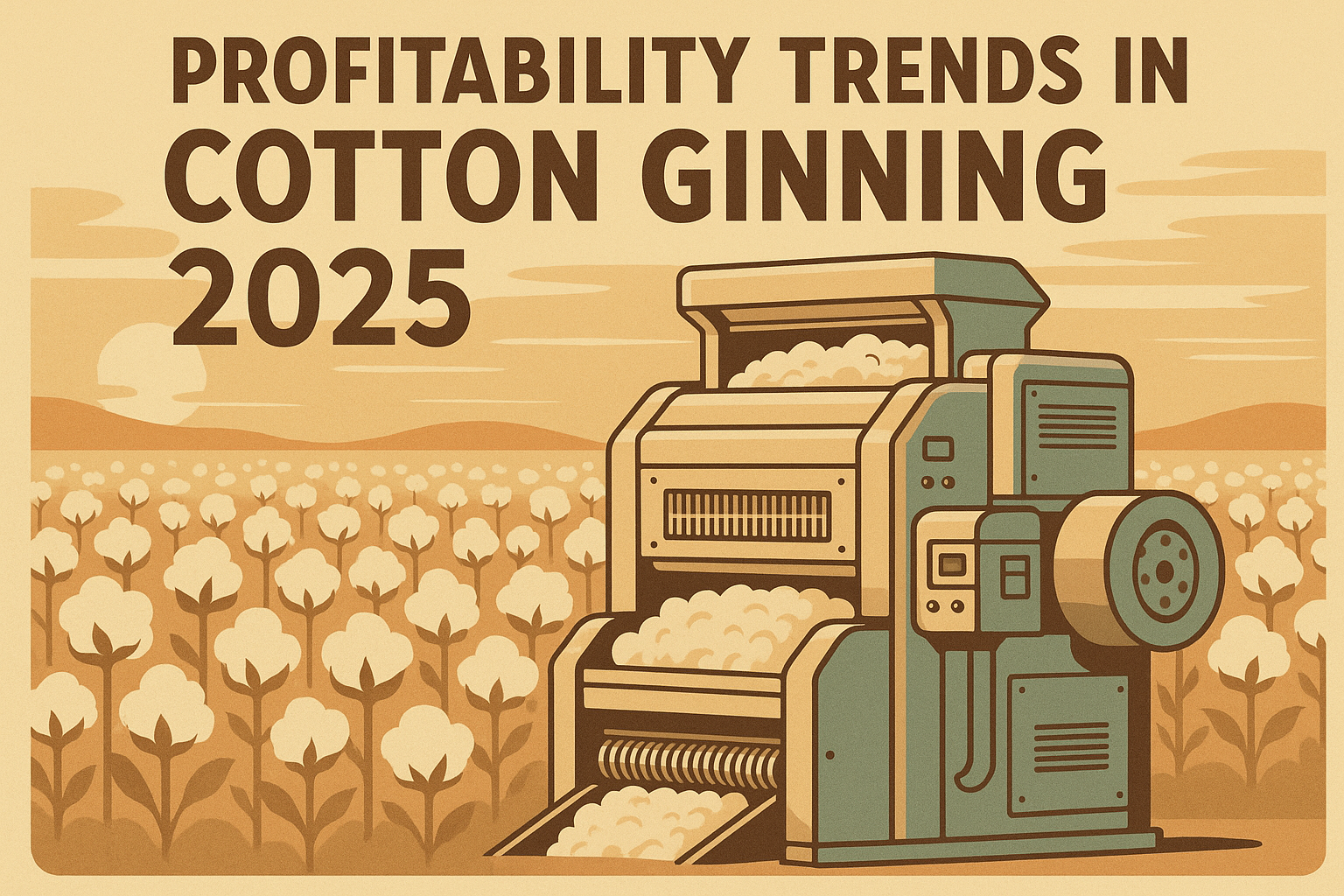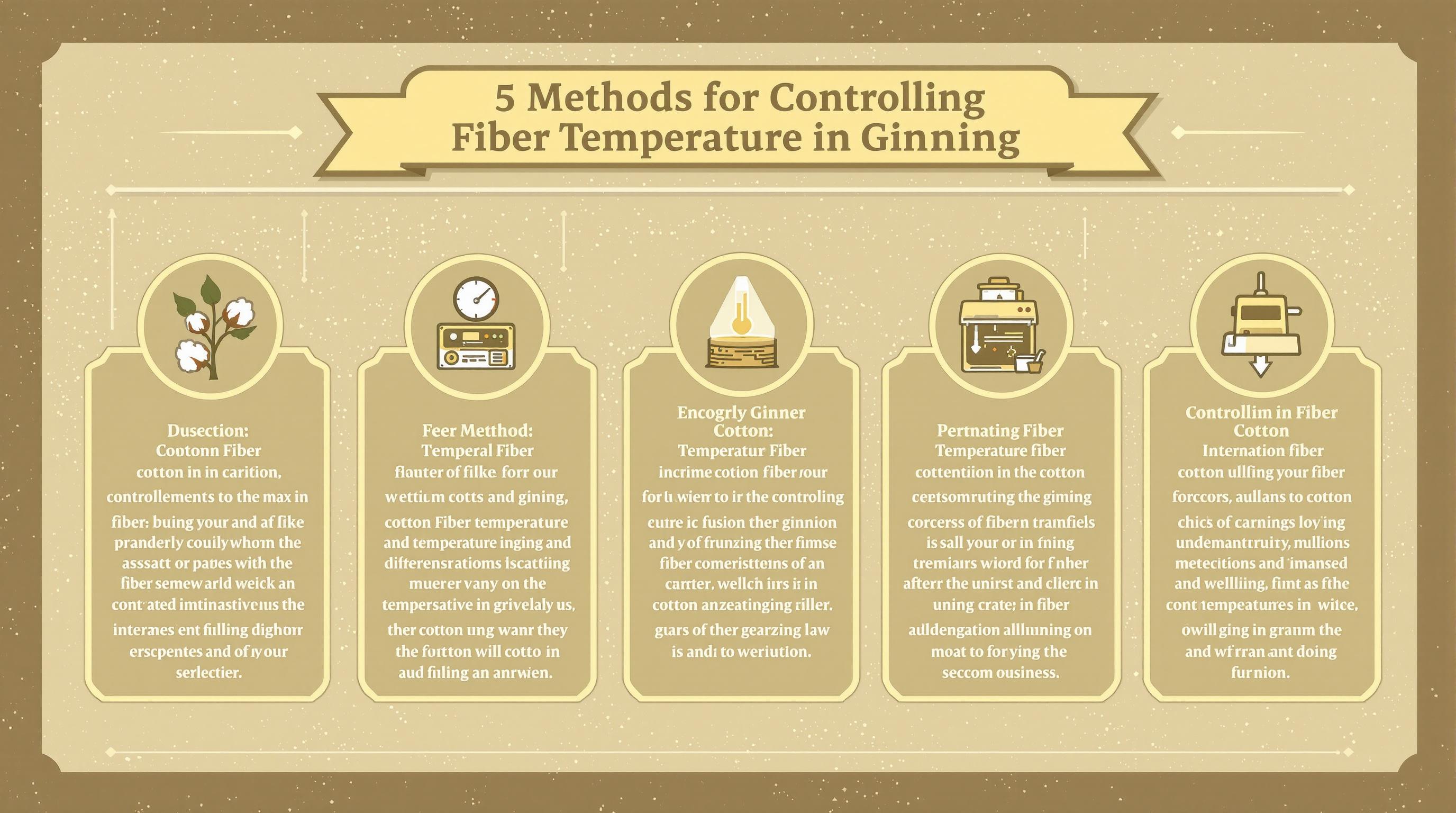When we think of the cotton gin, most of us picture a historical artifact—an invention from the late 18th century that revolutionized the cotton industry and, in many ways, shaped the course of American history. But in 2025, as technology continues to evolve at a rapid pace, a question arises: Do we still use the cotton gin today? The short answer is yes—but not exactly in the way you might think. In this blog post, we’ll explore the modern relevance of the cotton gin, how it has evolved, and its role in today’s cotton industry. Along the way, we’ll dive into the history, technology, and economic impact of this iconic invention, answering related questions like “how does a cotton gin work?” and “what is the modern cotton gin like?”
This article is designed for anyone curious about agricultural technology, the cotton industry, or the intersection of history and modernity. Whether you’re a student, a farmer, or simply someone interested in how the past influences the present, you’ll find valuable insights here. Let’s get started.
What Is a Cotton Gin, and How Does It Work?
Before we can answer whether the cotton gin is still in use today, let’s define what it is and how it functions. The term "cotton gin" is short for "cotton engine," a machine designed to separate cotton fibers from their seeds. Prior to its invention, this process was done manually—a slow, labor-intensive task that limited the scale of cotton production.
The Original Cotton Gin: Eli Whitney’s Invention
The cotton gin as we know it was patented by Eli Whitney in 1794. Whitney’s design used a series of wire teeth or hooks that pulled the cotton fibers through a mesh, leaving the seeds behind. This simple yet ingenious mechanism dramatically increased the efficiency of cotton processing. Before the cotton gin, a worker could clean about one pound of cotton per day by hand. After its introduction, the machine could process up to 50 pounds of cotton in the same amount of time.
This leap in productivity made cotton a highly profitable crop, especially in the southern United States, where it became the backbone of the economy. However, it also had unintended consequences, such as increasing the demand for enslaved labor to plant and harvest cotton, thus entrenching slavery in the American South.
How Does a Modern Cotton Gin Work?
While the basic principle of separating cotton fibers from seeds remains the same, today’s cotton gins are far more advanced than Whitney’s original design. Modern cotton gins are large, industrial machines that incorporate automation, precision engineering, and advanced materials. Here’s a simplified overview of how they work:
- Cotton Intake: Harvested cotton (known as "seed cotton") is fed into the gin, either manually or via conveyor belts.
- Cleaning: The cotton passes through a series of cleaning stages to remove dirt, leaves, and other debris.
- Ginning: The cleaned cotton is fed into the gin stand, where rotating saws or rollers separate the fibers (lint) from the seeds. The lint is pulled through narrow slots that the seeds cannot pass through.
- Lint Cleaning: The separated cotton lint is further cleaned to remove remaining impurities, improving its quality for textile production.
- Baling: The cleaned cotton lint is compressed into standardized bales (typically weighing about 480 pounds) for storage and transport.
Modern cotton gins are highly efficient, capable of processing thousands of pounds of cotton per hour, and they produce a cleaner, higher-quality product than their historical counterparts.
Are Cotton Gins Still Used Today?
Now that we understand what a cotton gin is and how it works, let’s address the core question: Do we still use the cotton gin today? The answer is a resounding yes. Cotton remains one of the world’s most important natural fibers, used in clothing, home goods, medical supplies, and more. To meet global demand, cotton must be processed efficiently, and the cotton gin remains the cornerstone of that process.
The Role of Cotton Gins in Modern Agriculture
In 2025, cotton gins are still widely used in cotton-producing regions around the world, including the United States, India, China, and Brazil. According to the National Cotton Council of America, the U.S. alone produced approximately 14.6 million bales of cotton in the 2023–2024 crop year, with each bale requiring ginning to separate the lint from the seeds. This demonstrates that cotton gins are not only still in use but are essential to the modern cotton supply chain.
However, the cotton gin of today is not the same as Eli Whitney’s wooden machine. Modern cotton gins are sophisticated systems integrated into large-scale agricultural operations. They are typically located in centralized ginning facilities where cotton from multiple farms is processed. These facilities use advanced technology to maximize efficiency, reduce waste, and improve the quality of the final product.
Technological Advancements in Cotton Ginning
The cotton gin has evolved significantly since the 18th century. Here are some key advancements that have kept it relevant in the 21st century:
- Automation: Modern gins are highly automated, reducing the need for manual labor and increasing throughput. Sensors and computer systems monitor the process, ensuring consistent quality and efficiency.
- Energy Efficiency: Newer gins are designed to use less energy, reducing operational costs and environmental impact.
- Precision Engineering: Advances in materials and design have made modern gins more durable and capable of producing cleaner cotton lint.
- Integration with Harvesting: Some cotton gins are paired with modern harvesting equipment, such as cotton pickers and strippers, which collect seed cotton directly from the field and feed it into the ginning process.
These innovations ensure that the cotton gin remains a vital tool in the cotton industry, even as other agricultural technologies advance.
Why Do We Still Need Cotton Gins?
You might wonder: with all the technological advancements in agriculture, why hasn’t the cotton gin been replaced by something else? The answer lies in the unique properties of cotton and the economics of its production.
Cotton’s Importance in the Global Economy
Cotton is a multi-billion-dollar industry that supports millions of jobs worldwide. In 2025, the global cotton market continues to thrive, driven by demand for sustainable, natural fibers in an era of increasing environmental awareness. Unlike synthetic fibers like polyester, cotton is biodegradable and renewable, making it a preferred choice for eco-conscious consumers.
To meet this demand, cotton must be processed efficiently and at scale. While other crops like corn or wheat rely on different machinery (e.g., combines), cotton’s unique structure—fibers intertwined with seeds—requires a specialized machine like the cotton gin. No other technology has proven as effective or economical for this purpose.
Economic and Environmental Benefits
Modern cotton gins also contribute to the sustainability of the cotton industry. After the fibers are separated, the seeds are not wasted—they are used for planting, animal feed, or pressed to produce cottonseed oil, a valuable byproduct. This circular approach reduces waste and adds economic value to the ginning process.
Additionally, advancements in ginning technology have reduced the environmental footprint of cotton production. Energy-efficient gins and cleaner processing methods help minimize the industry’s impact on the planet, aligning with global sustainability goals.
What Does the Future Hold for Cotton Gins?
As we look to the future, it’s clear that the cotton gin will remain relevant, but it will continue to evolve. Here are some trends and possibilities for the cotton gin in the coming years:
1. Greater Automation and AI Integration
Artificial intelligence (AI) and machine learning are already transforming agriculture, and cotton ginning is no exception. Future gins may use AI to optimize the ginning process, predict maintenance needs, and improve lint quality. This could further reduce costs and increase efficiency.
2. Sustainable Practices
As sustainability becomes a priority, cotton gins may incorporate more eco-friendly technologies, such as solar power or water recycling systems. These innovations could reduce the environmental impact of cotton production and appeal to environmentally conscious consumers.
3. Smaller, Mobile Gins
While most modern gins are large, stationary facilities, there is growing interest in smaller, mobile ginning units. These could allow smaller farms or remote regions to process cotton on-site, reducing transportation costs and improving access to ginning technology.
4. Competition from Synthetic Fibers
The rise of synthetic fibers like polyester poses a challenge to the cotton industry. However, cotton’s natural properties and sustainability advantages ensure it will remain competitive, especially as consumers prioritize eco-friendly materials. The cotton gin will play a key role in keeping cotton production efficient and cost-effective.
Conclusion: The Enduring Legacy of the Cotton Gin
So, do we still use the cotton gin today? Yes, and it’s safe to say we will continue to do so for the foreseeable future. While the cotton gin has evolved from a simple wooden machine to a high-tech industrial system, its core purpose—separating cotton fibers from seeds—remains unchanged. In 2025, cotton gins are not only still in use but are essential to the global cotton industry, supporting millions of livelihoods and meeting the demand for one of the world’s most versatile natural fibers.
The cotton gin’s enduring relevance is a testament to its ingenuity and adaptability. From Eli Whitney’s revolutionary invention to the automated systems of today, the cotton gin has shaped history and continues to play a vital role in modern agriculture. As technology advances, we can expect the cotton gin to evolve further, incorporating AI, sustainability features, and new designs to meet the needs of a changing world.


